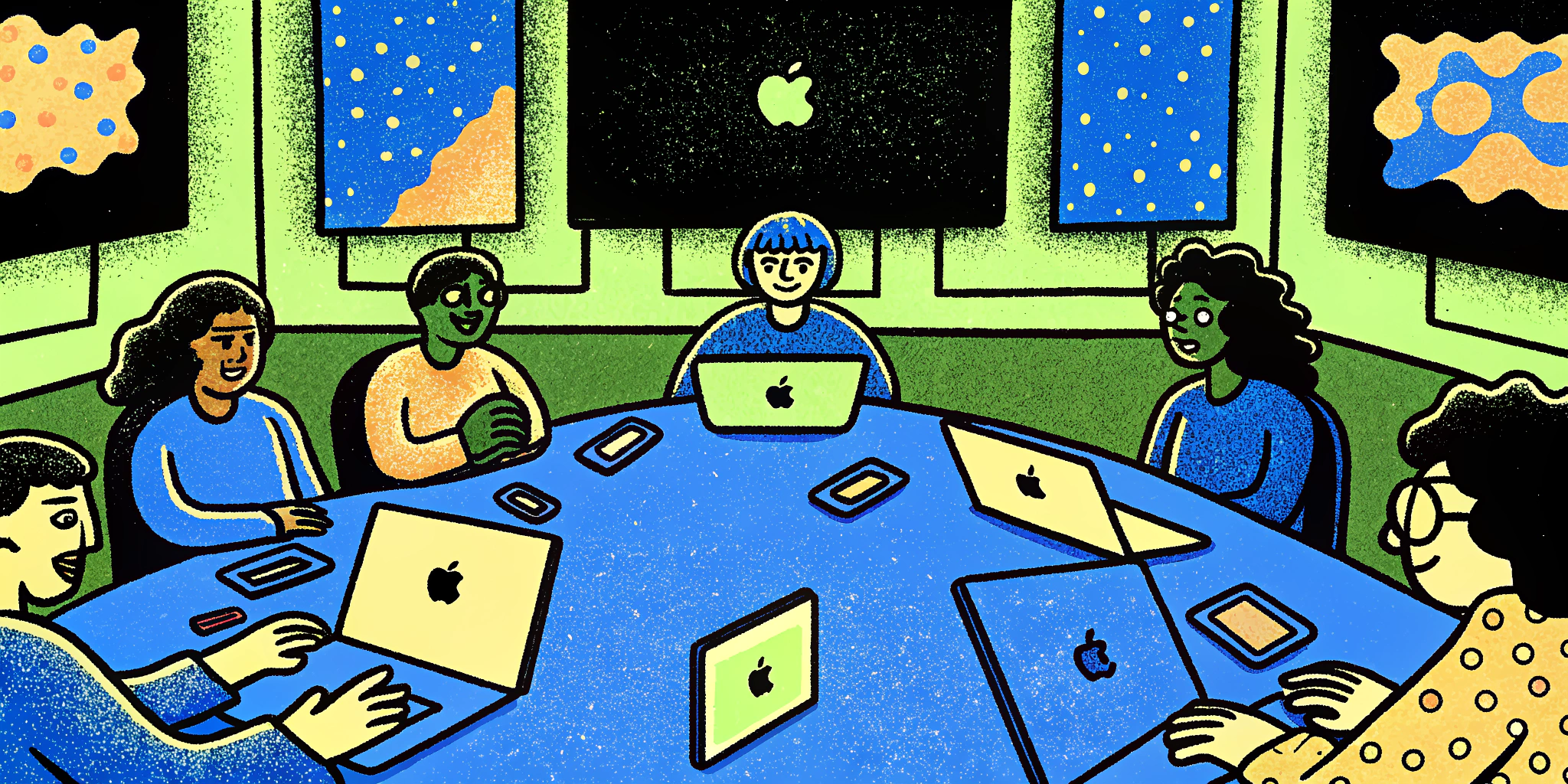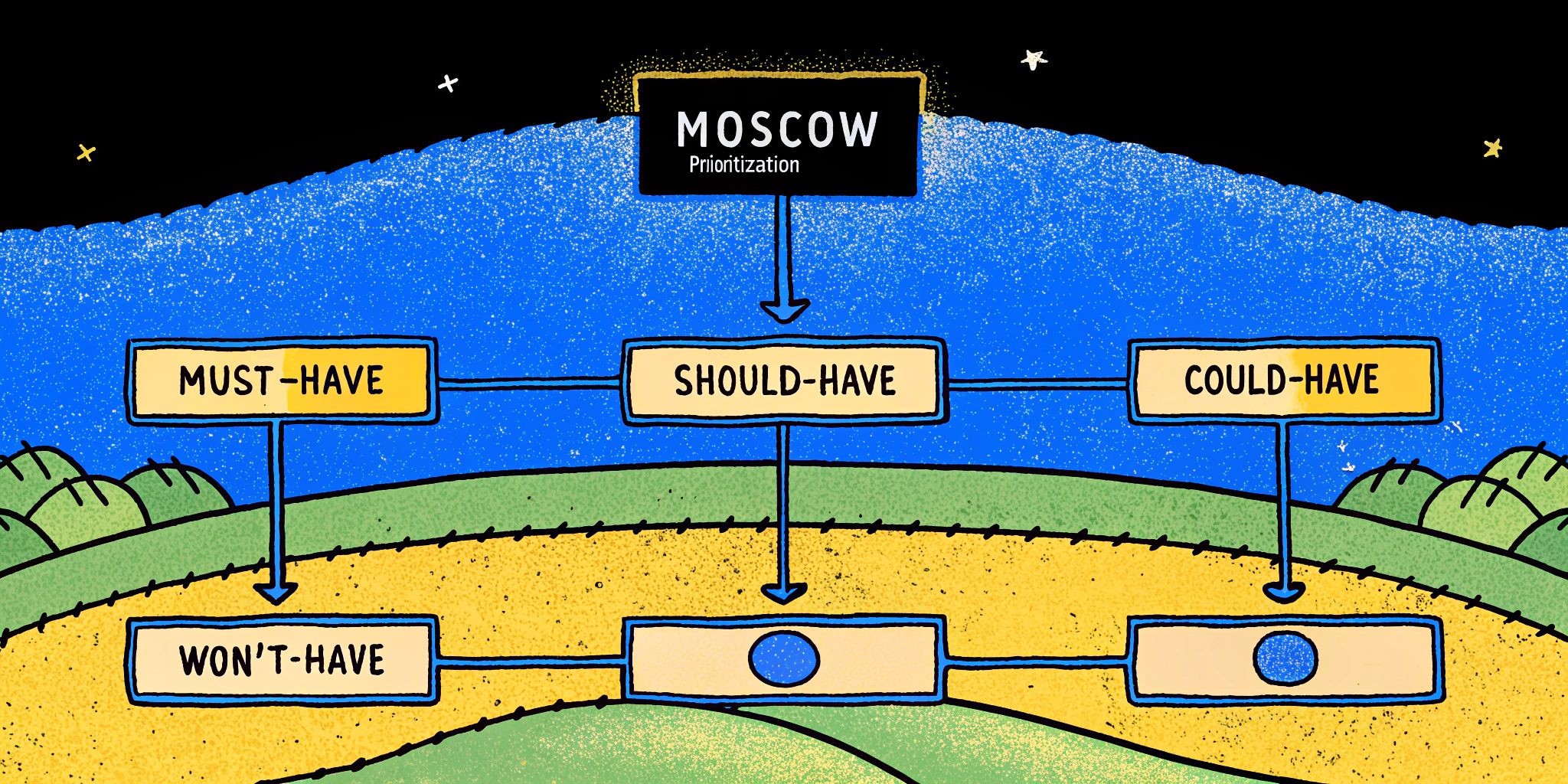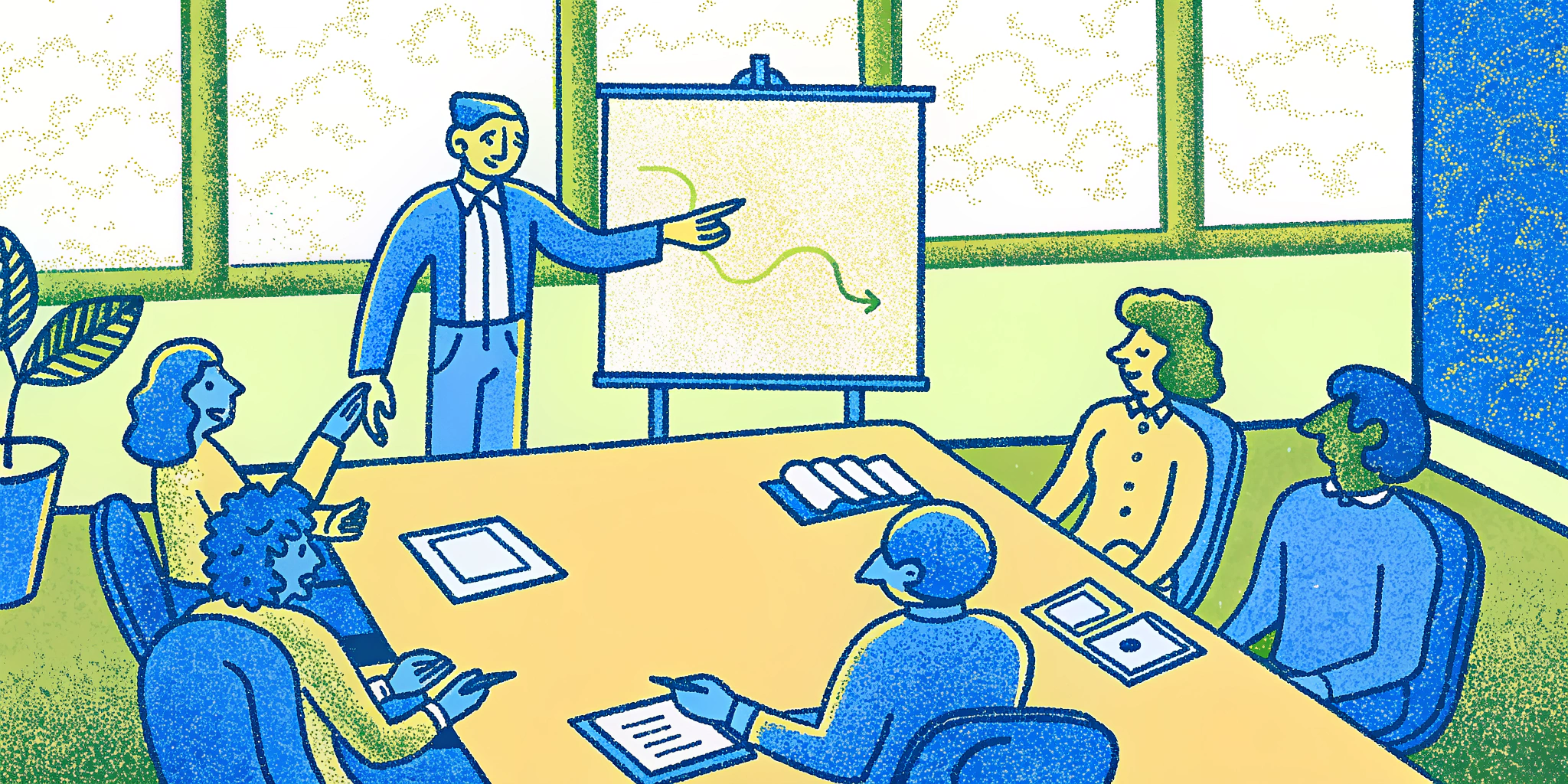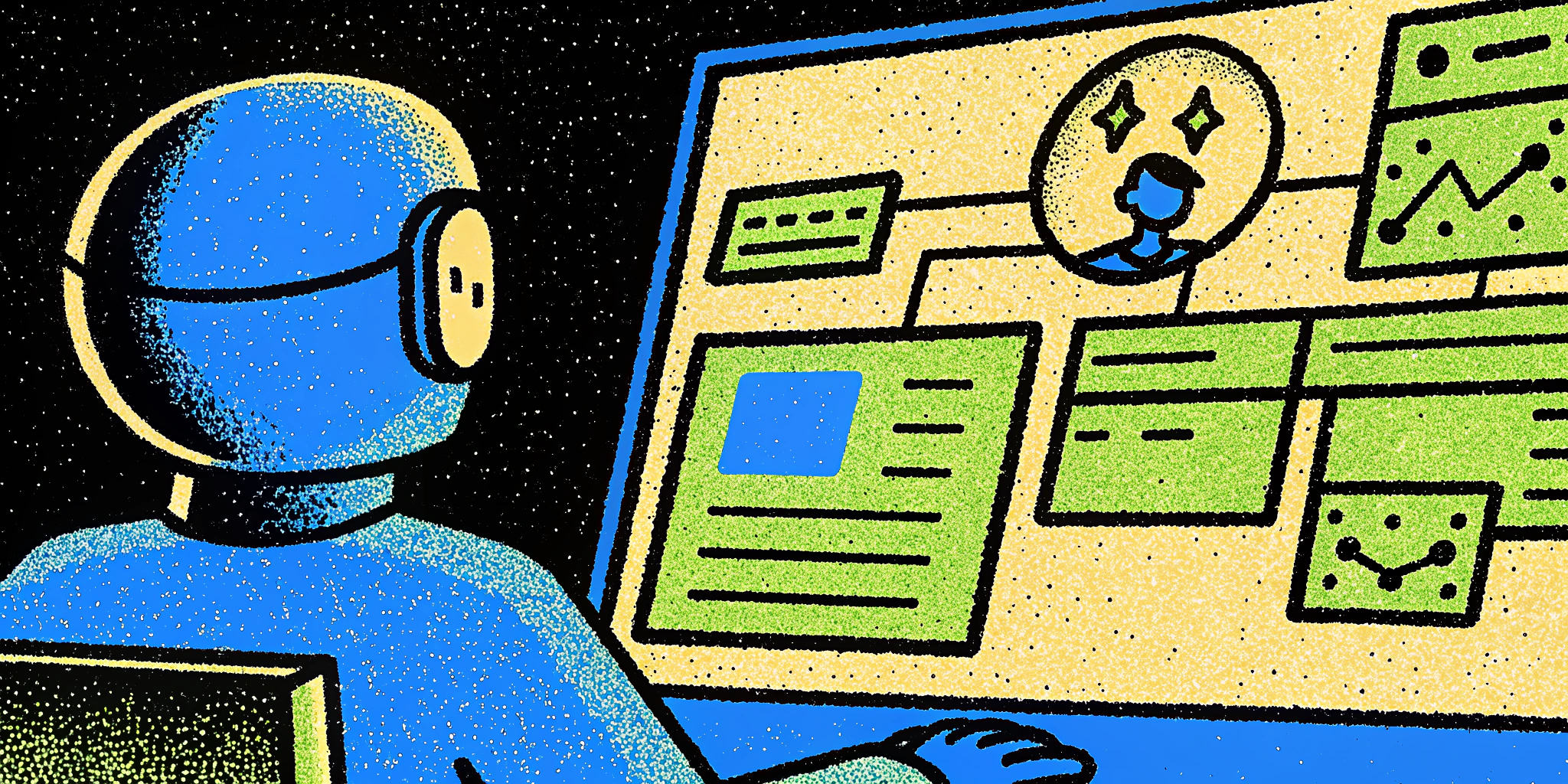Applying for a job at Apple can feel like stepping into uncharted territory. With their reputation for innovation, their interview process is equally rigorous, ensuring only the best candidates join the team. Apple interviews cover a wide range of topics, from technical challenges to behavioral scenarios, making preparation the key to success. In this blog, I’ll walk you through Apple’s 16 most commonly asked interview questions, provide actionable advice, and share real-world examples to help you shine. Let’s dive in!
Table of Contents
- Why Do You Want to Join Apple?
- Tell Me About Yourself
- Customer-Focused Questions
- Handling Challenges and Ambiguity
- What’s Your Favorite Apple Product?
- Handling Feedback and Criticism
- How Do You Add Value to a Team?
- Strengths and Weaknesses
- Going Above and Beyond
- Your Greatest Professional Accomplishment
- Where Do You See Yourself in Five Years?
- Tell Me About a Time You Learned Something New
- What’s Your Biggest Failure?
- What Are You Into Besides Work?
- Gut-Wrenching Prioritization Examples
- Apple’s Mission and Values
- Building Your Competitive Story Bank
1. Why Do You Want to Join Apple?
This is often the opening question in an Apple interview, designed to gauge your enthusiasm and fit for the company. While it seems straightforward, your answer can make or break the first impression.
Solution:
Avoid generic responses like “Who wouldn’t want to join Apple?” Instead, align your answer with Apple’s values and your unique strengths. For example:
“I’ve always admired Apple’s dedication to innovation and user experience. My background in product design aligns perfectly with Apple’s mission to create intuitive and impactful products. I’m excited about the opportunity to contribute my skills to such a forward-thinking team.”
Alternatively, take a bold approach if your qualifications allow:
“I’m not entirely sure I want to join Apple just yet. I currently work in a high-performing team and would love to learn more about Apple’s culture, the team dynamics, and how I can make a meaningful impact here.”
This approach demonstrates confidence and curiosity—traits Apple values.
2. Tell Me About Yourself
Your “elevator pitch” is a staple of interviews. While it’s tempting to dive into a chronological work history, focus instead on highlights that showcase your strengths and relevance to the role.
Solution:
Use STAR (Situation, Task, Action, Result) to craft a concise and engaging response. For example:
“I’ve spent the last five years in software engineering, specializing in mobile application development. My proudest achievement was leading a team to launch a top-rated app with over 1M downloads. I’m excited to bring my technical expertise and collaborative spirit to Apple.”
For technical roles, your elevator pitch often sets the tone for deeper discussions. Ensure clarity and focus on your top accomplishments.
3. Customer-Focused Questions
Apple places immense value on customer obsession. Questions like “Tell me about a time you went above and beyond for a customer” or “Describe a challenging customer interaction” are common.
Solution:
Prepare 2-3 stories using the STAR format. Highlight moments where your intervention made a significant difference.
“A customer once contacted us about a recurring issue with our software. I not only resolved the bug but also suggested a feature update to enhance usability. This led to a 20% increase in customer satisfaction scores.”
For developers, avoid framing bug fixes as “above and beyond.” Instead, highlight proactive actions like implementing a feature based on customer feedback.
4. Handling Challenges and Ambiguity
Apple thrives on innovation, which often requires navigating ambiguity. Expect questions like “How do you handle unexpected changes in a project?”
Solution:
Use your “best story” that naturally contains challenges. For example:
“In a past project, our client changed the scope mid-development. I quickly gathered the team, reassessed priorities using a framework, and proposed a phased delivery plan. This kept the project on track and earned client trust.”
Pro tip: Incorporate frameworks like MoSCoW prioritization for added credibility.
| Framework | Description |
|---|---|
| MoSCoW | Must-haves, Should-haves, Could-haves, Won’t-haves |
| Eisenhower Matrix | Urgency vs. Importance prioritization grid |
5. What’s Your Favorite Apple Product?
This question tests your familiarity with Apple’s ecosystem.
Solution:
Choose a product you genuinely admire and connect it to your role. For example:
“My favorite product is the MacBook Pro. It’s not just a tool but a powerhouse that supports my software development and design workflows seamlessly.”
Avoid generic answers like “I love all Apple products.” Dive into specifics about why the product resonates with you.
6. Handling Feedback and Criticism
Receiving feedback gracefully is a critical skill. Questions like “Tell me about a time you received constructive criticism” are designed to assess your growth mindset.
Solution:
Instead of framing it as a moment where you were wrong, showcase how you exhibited backbone or learned from the feedback.
“During a project, my manager suggested a different approach. I countered with data supporting my strategy, but we ultimately agreed on a hybrid solution. This taught me the importance of flexibility and collaboration.”
7. How Do You Add Value to a Team?
For leadership roles, this question is a must-prepare. Apple wants to know how you drive impact.
Solution:
Use a STAR story emphasizing team collaboration and results.
“When morale was low in my sales team, I introduced a recognition program and a clear roadmap. Within three months, we exceeded our targets by 15%.”
For added depth, include a failure story with key learnings.
8. Strengths and Weaknesses
This classic interview question is your chance to stand out.
Solution:
For strengths, avoid clichés like “I’m a hard worker.” Instead, focus on unique traits:
“My strength lies in my ability to simplify complex problems using data-driven approaches.”
For weaknesses, turn them into growth opportunities:
“I used to struggle with public speaking, but joining Toastmasters helped me transform it into a strength.”
9. Going Above and Beyond
Questions like “Tell me about a time you went above and beyond” test your interpretation of quality.
Solution:
Avoid mundane examples. Instead, highlight proactive efforts:
“I noticed a customer struggling with our app’s interface. I personally redesigned the feature and presented it to the team. The update reduced complaints by 30%.”
10. Your Greatest Professional Accomplishment
This is your chance to shine. Think of it as a “gift” question.
Solution:
Prepare your best STAR story and ensure it aligns with Apple’s values.
“Leading a cross-functional team to deliver a critical software update under tight deadlines was my proudest moment. It resulted in a 40% performance improvement.”
11. Where Do You See Yourself in Five Years?
This HR favorite tests your career vision.
Solution:
Integrate it into your elevator pitch. For example:
“In five years, I see myself leading a team at Apple, driving innovation and mentoring others.”
12. Tell Me About a Time You Learned Something New
This seemingly simple question can catch you off guard.
Solution:
Highlight curiosity and relevance:
“I recently learned SwiftUI to improve my app development skills, which allowed me to enhance a project’s UI significantly.”
13. What’s Your Biggest Failure?
Failure stories reveal resilience. Always end on learnings.
Solution:
“I underestimated the time needed for a critical task, which delayed a project. Since then, I’ve adopted meticulous time management practices.”
14. What Are You Into Besides Work?
This question gauges your personality.
Solution:
Mention hobbies that align with the role:
“I volunteer for coding bootcamps, which enhances my teaching and leadership skills.”
15. Gut-Wrenching Prioritization Examples
Prioritization is key in roles requiring decision-making.
Solution:
Use frameworks like MoSCoW and provide a compelling story:
“I used the MoSCoW framework to prioritize features during a critical sprint, ensuring we met our deadlines without compromising quality.”
16. Apple’s Mission and Values
Understanding Apple’s mission can set you apart.
Solution:
Study their mission and integrate it into your responses:
“Apple’s dedication to innovation inspires me. I aim to contribute by creating intuitive and user-focused solutions.”
17. Building Your Competitive Story Bank
The secret to acing Apple interviews lies in preparing a story bank—a compilation of your top achievements, failures, and learnings. Tools like Ninjafy AI can streamline this process. By conducting mock interviews and refining your answers, you can craft responses that leave a lasting impression.
In conclusion, Apple interviews demand preparation and precision. With the right stories, a clear understanding of their values, and tools like Ninjafy AI by your side, you’ll be well-equipped to land your dream role. Good luck!





